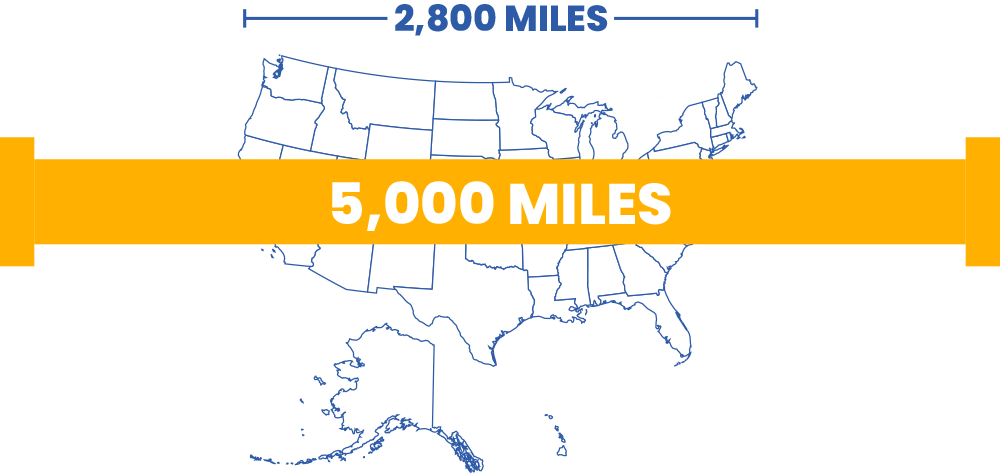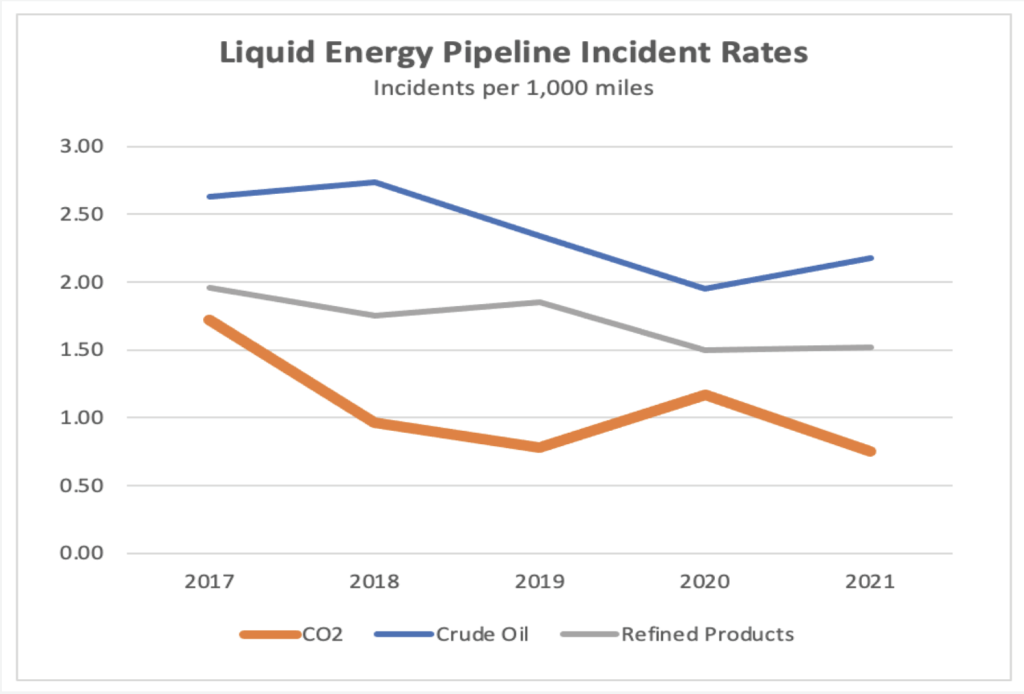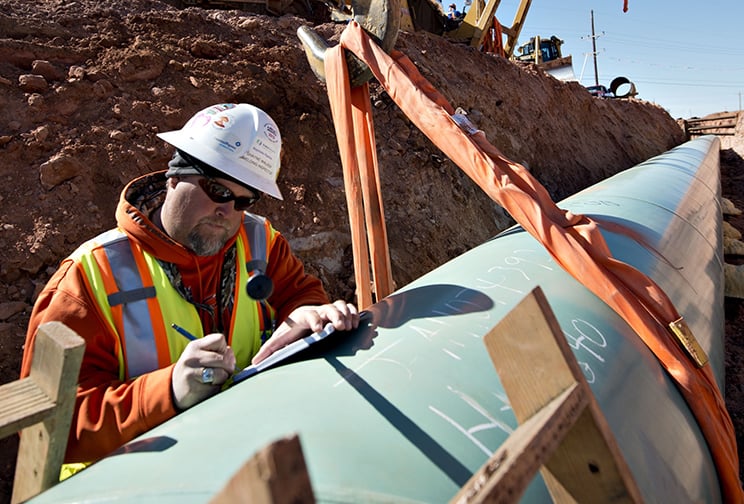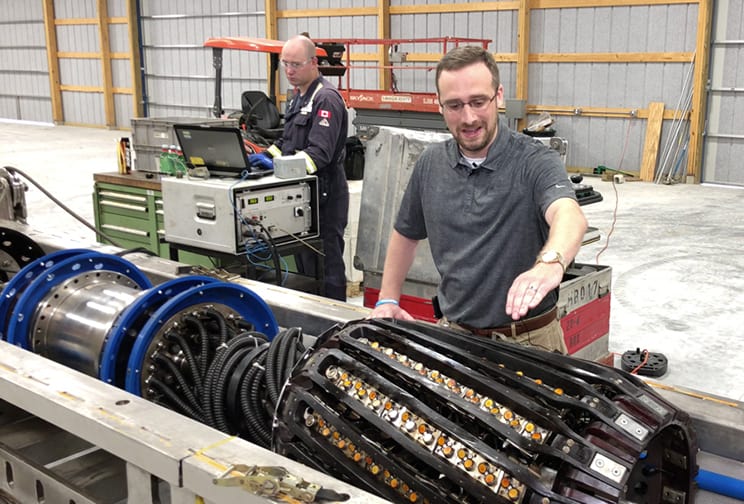Pipelines are part of the clean energy solution
Carbon dioxide can now be captured and stored permanently, preventing it from entering the atmosphere.
But here’s the challenge. The places where CO2 emissions are produced and captured are far away from locations where we can store them.
That challenge becomes an opportunity when we transport carbon emissions safely by pipeline and create new jobs at the same time.
Today in America, there are already 5,000 miles of CO2 pipelines
CO2 pipelines are safely moving carbon dioxide for use in energy, food production and medical applications, as well as the manufacture of products like refrigerants, foam rubber, fire extinguishers and carbonated beverages.

Now, it’s an easy step to move CO2 emissions to permanent storage.
CO2 Pipeline Safety in Action
Current federal law and government pipeline safety regulation requires CO2 pipeline operators to proactively inspect their pipelines and conduct preventive maintenance. Pipeline personnel monitor operations 24/7 and can shut down a CO2 pipeline if there is a problem. CO2 pipelines are constructed with high-grade steel and a protective coating to prevent corrosion.
Hi-Tech Inspection Tools
Preventive Maintenance
24/7 Monitoring
Hi-Grade Steel & Protective Coatings
Federal Government Pipeline Safety Requirements
- Congress in the Pipeline Safety Reauthorization Act of 1988 required the U.S. Department of Transportation to regulate CO2 pipelines.
The U.S. Pipelines and Hazardous Materials Safety Administration (PHMSA) in 1989 expanded its federal regulations for similar systems like crude oil and refined products to also cover CO2 pipelines.
- Current PHMSA regulations at 49 CFR Part 195 prescribe hundreds of requirements on the construction, inspection, maintenance, monitoring and incident response for CO2 pipelines.
- PHMSA inspects and enforces compliance with potential fines on pipeline operators violating federal CO2 pipeline safety requirements.
CO2 pipelines create clean energy jobs.
CO2 pipelines are essential for a future, clean-energy economy.
Many things we need produce carbon dioxide, including cars, planes, agriculture, the manufacture of materials we use for roads, concrete, and countless other daily essentials.
- Carbon capture and storage (CCS) will help us achieve our climate goals. Imagine capturing most of the CO2 produced by a city, a powerplant or a factory, and safely storing it underground forever.
CO2 pipelines will help us enjoy a modern economy while protecting the environment and creating new clean energy jobs.
Information on how pipelines work, how they are constructed and what pipeline operators do to keep them safe.
Pipelines deliver the benefits of affordable energy, helping us get where we need to go and making life more convenient.
Proactive inspections, preventive maintenance, and 24/7 monitoring all keep pipelines and surrounding areas safe.




